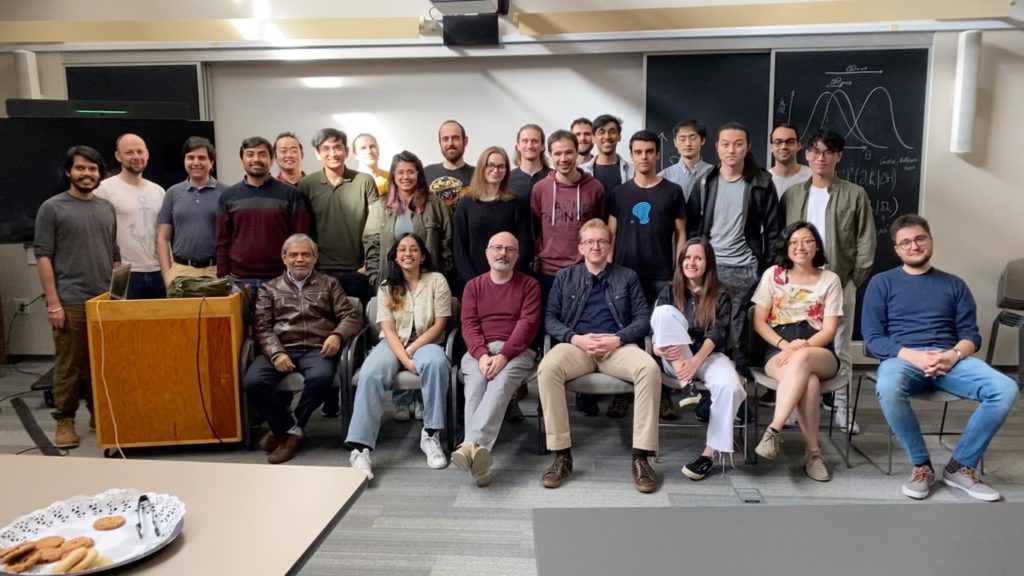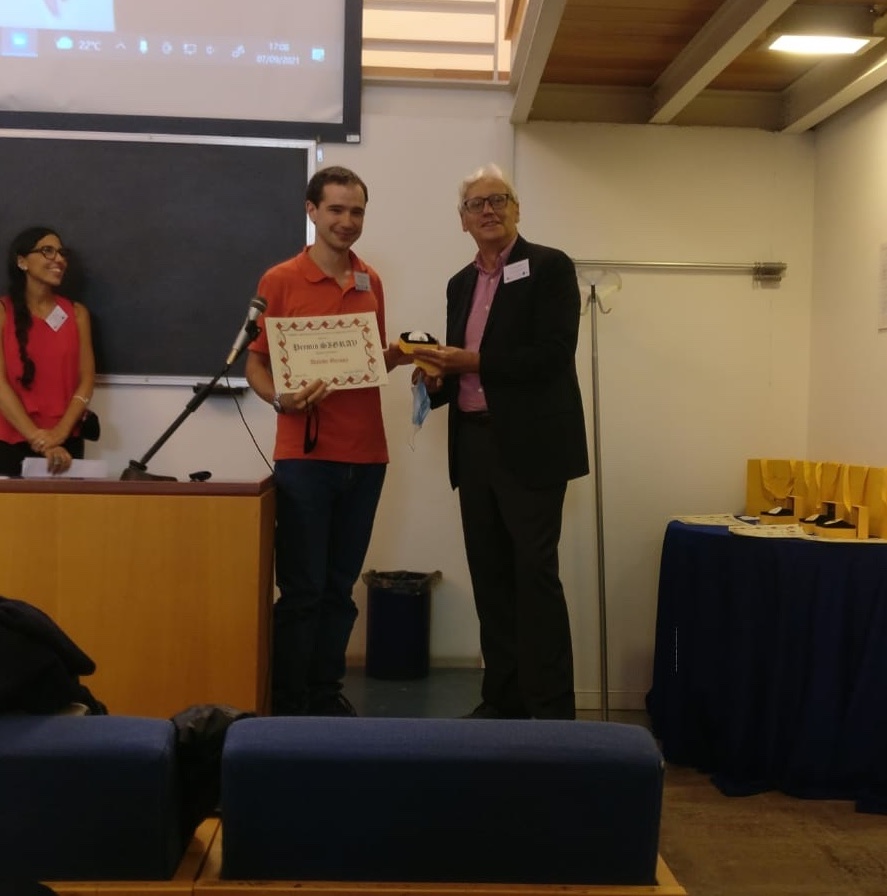The University of Milano-Bicocca (Italy) invites expressions of interest for a 3+2 year research position in HPC applications to astrophysics.
The astrophysics group at Milano-Bicocca provides a vibrant environment with expertise covering all aspects of gravitational-wave astronomy, relativistic astrophysics, galactic dynamics, and numerical relativity. This is embedded in a wider astronomical context including both observational and experimental activities. Our group has tight connections with the LISA Consortium, the Virgo Collaboration, the Einstein Telescope Science Board, the European Pulsar Timing Array, and the Italian National Institute for Nuclear Physics (INFN) via the TEONGRAV national initiative. Staff members with matching interests include Colpi, Dotti, Gerosa, Giacomazzo, Lupi, and Sesana.
Milan is a beautiful, international city in the north of Italy. Mountains and lakes are just around the corner. Art, culture, and food are outstanding. The city hosts three international airports with worldwide connections.
This recruitment campaign is part of a wider national initiative supporting HPC-related computational activities throughout the country. This is a major investment program directly supported by the European Union. It will provide the most ideal context for ambitious candidates wishing to develop and apply state-of-the-art computational and machine-learning tools to current astrophysical and gravitational-wave modeling issues.
The researcher will be appointed at the so-called “RTDA” level for 3 years. The contract can also be extended for 2 more years depending on funding availability. The starting date is negotiable, with the earliest and latest dates on January 1st, 2023 and May 1st, 2023, respectively. RTDA researchers are full-time university employees (with full benefits, such as health insurance and pension plan), have limited teaching duties, and are eligible to fully supervise research MSc student projects. This is an ideal setup for early-career researchers wishing to transition toward research independence and start developing their own group.
The successful candidate will have a PhD in Physics, Astronomy, Computer Science, or related discipline, strong programming skills, and previous experience in one or more of the following topics: HPC workflows, GPU software development, computational astrophysics, gravitational-wave astronomy, numerical relativity, statistical data analysis, machine learning.
Applications should include a CV with a list of publications and a two-page statement covering research interests and plans. These should be sent to [email protected] by June 15th, 2022 for full consideration. Candidates should also arrange for two reference letters to be sent to [email protected] by June 15th, 2022.
We strive to build a diverse and inclusive environment and welcome expressions of interest from traditionally underrepresented groups. Women are especially encouraged to apply. For inquiries please do not hesitate to contact Bruno Giacomazzo ([email protected]) or Davide Gerosa ([email protected]).



